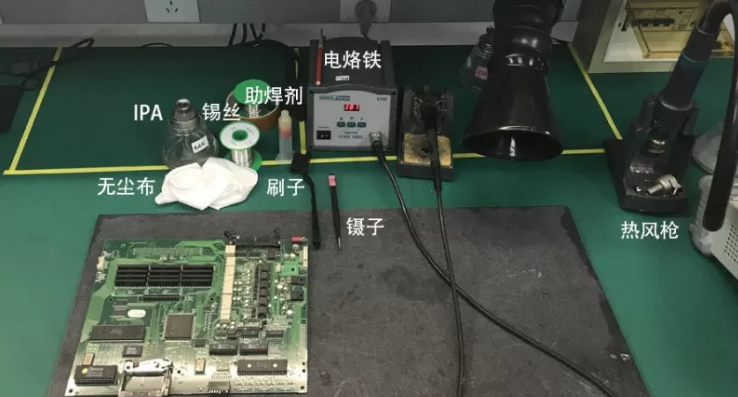This is the top welding expert in the industry
With the demand of modern industrial production and the vigorous development of science and technology, welding as a comprehensive application technology has developed from a traditional thermal processing technology to integrate materials, metallurgy, structure, mechanics, machinery, electronics, automatic control, etc. Multi-disciplinary interdisciplinary forming technology. From hundreds of thousands of tons of ships to less than 1 gram of electronic components, welding technology is used to varying degrees in production. So far, there is no other process that is more widely used than welding to connect materials and produce greater added value to the products being welded. Therefore, welding has become one of the skills that many practitioners must master .
If you want to master the welding technology very skillfully and become a master in the industry, you must have the craftsmanship of pursuing the ultimate, keep practicing with a rigorous attitude and high enthusiasm, and sum up the lessons in time.
■ A welding expert demonstrates the welding technology for everyone:
Preparation: Welding tools
Common tools: electric iron, tin wire, hot air gun, flux, tweezers, brush, dust-free cloth, IPA (isopropyl alcohol), etc.

Process: welding steps
1. Grounding: In order to prevent the components from being damaged by static electricity or induced electric breakdown, the soldering iron should be connected to a good ground wire. Use a multimeter to measure whether the tip of the soldering iron is grounded.
2. Temperature adjustment: Adjust the temperature of the electric soldering iron to a suitable temperature. Generally, the lead-free board needs to be about 390 °, and the lead board needs to be adjusted to about 360 °. According to the size of the PCB board, the temperature is adjusted at about 10 degrees up and down.
3. Cleaning: Use a hot air gun or an electric soldering iron to clean the pad. You can use tweezers to hold a dust-free cloth dipped in IPA to remove the remaining oxides and rosin around the pad.
4. Pre-welding: place the IC to be soldered on the pad for positioning. After positioning, solder diagonally and diagonally to fix the IC. Afterwards, an appropriate amount of flux can be added to facilitate soldering.
5. Heating: the soldering iron head is used to heat the surface to be soldered, but the soldering iron head must be in contact with the pins and pads of the components at the same time, so that the two are heated at the same time, and the heating time depends on the size of the soldering area.
6. Send tin: When the heating surface is heated to a certain temperature, use one hand to touch the tin wire from the opposite side of the soldering iron to the soldered lead, but not to the soldering iron tip, the time is about 1 ~ 2s. The IC in the video can be soldered faster by dragging the tin. Drag the tin on the IC pin on each side and drag it diagonally until the tin on the IC is even, there is no empty soldering, and short circuit.
7. Remove: After the tin wire is melted and immersed in the pads and leads, the solder wire and the soldering iron are moved to the left and right at 45 ° at the same time.
8. Cleaning: After the IC is soldered, do a cleaning process to remove the oxidant and excess flux on the surface of the IC. .
9. Inspection: After welding, check whether there is empty welding, short circuit, virtual welding, the surface of the welding point should be smooth, clean, with good gloss, there should be no burrs, voids, no dirt, to ensure that each welding point is welded firmly, Good contact.
■ Summary: Notes
1. Time: When soldering the circuit board, be sure to control the time within 4s. If it is too long, the circuit board will be scorched. The time should be as short as possible while ensuring that the solder wets the solder.
2. Temperature: When soldering the circuit board, the temperature needs to be controlled. If the temperature is too low, the solder fluidity is poor, and it is easy to solidify, forming a virtual solder; if the temperature is too high, the solder will flow, the solder joints are not easy to store tin, the flux decomposition speed is accelerated, the metal surface is accelerated to oxidize, and lead to printed circuit boards The pad on the shed.
3. Solder: The soldering place is not the more solder, the better. If there is too much solder on the solder joints, it will cause the solder in the solder joints to not be fully melted, which will make the welding weak; once it is fully melted, too much solder will flow again, which may cause short circuit in some parts. If there is too little solder on the solder joints, the mechanical strength is too small, and the welding is not strong, it is easy to cause the components to be de-soldered.